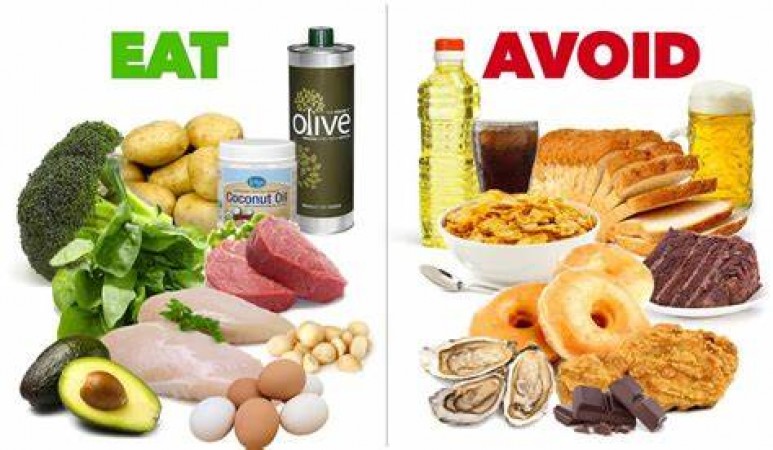
In today's fast-paced world, convenience often takes precedence over safety when it comes to food preparation and consumption. One concerning practice that has gained popularity, especially in certain regions, is using newspaper as a surface for storing and serving food. While it may seem harmless at first glance, this seemingly innocuous habit can have serious health implications. In this article, we will delve into the risks associated with eating food that has been in contact with newspaper and why it should be avoided.
H1: Convenience Over Caution
Using newspaper as a makeshift plate or liner for snacks and street food is often driven by convenience. Street vendors and home cooks alike find it easy to serve food this way, as it requires minimal effort and cleanup.
H1: The Perceived Harmlessness
Many people believe that newspaper ink is relatively harmless and that it won't contaminate their food significantly. This misconception contributes to the widespread acceptance of this practice.
H1: Chemical Contamination
One of the primary concerns with using newspaper as a food contact surface is the risk of chemical contamination. Newspaper ink contains a mixture of chemicals, including heavy metals like lead and cadmium. These substances can easily leach into the food, especially when it's hot or oily.
H1: Microbial Growth
Newspapers are not sterile, and they can harbor harmful microorganisms. When food comes into contact with these microorganisms, it can lead to foodborne illnesses and infections.
H1: Ink Transfer
The ink used in newspapers is not meant to be ingested. When food is placed directly on newspaper, there's a high likelihood of ink transfer. Ingesting ink can lead to digestive problems and more severe health issues.
H1: Food Poisoning
Eating food that has been in contact with newspaper significantly increases the risk of food poisoning. The combination of chemicals, microbes, and ink contamination can lead to stomach cramps, diarrhea, vomiting, and in severe cases, hospitalization.
H1: Long-term Health Effects
Continued consumption of food in this manner can lead to long-term health effects, including heavy metal poisoning and chronic digestive issues. Children and pregnant women are particularly vulnerable to these risks.
H1: Use Safe Food Containers
To avoid the dangers associated with newspaper, it's advisable to use food-grade containers or plates when serving and storing food. These options are designed to be safe for contact with food and are easy to clean.
H1: Wax Paper or Parchment Paper
If you prefer an eco-friendly option, consider using wax paper or parchment paper as a barrier between your food and any non-food surfaces. These materials are designed for food use and won't transfer harmful substances.
H1: Stainless Steel and Glass Containers
For long-term food storage, opt for stainless steel or glass containers. These are durable, easy to clean, and do not pose any health risks.
In conclusion, while using newspaper for serving and storing food may seem convenient, it poses significant health risks due to chemical contamination, microbial growth, and ink transfer. To safeguard your health and the health of your loved ones, it's best to avoid this practice altogether. Instead, opt for safe food containers or alternative food-grade materials that won't compromise the safety of your meals.
How to Boost Fiber Intake: Your Path to a Healthier You